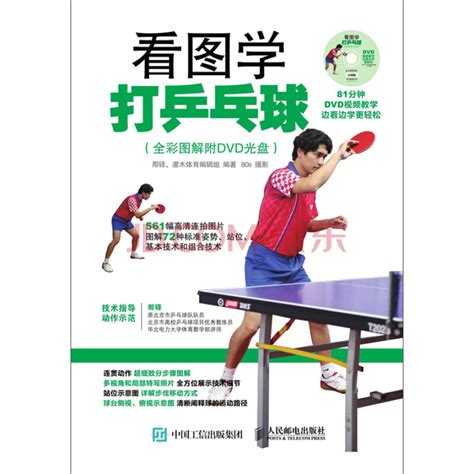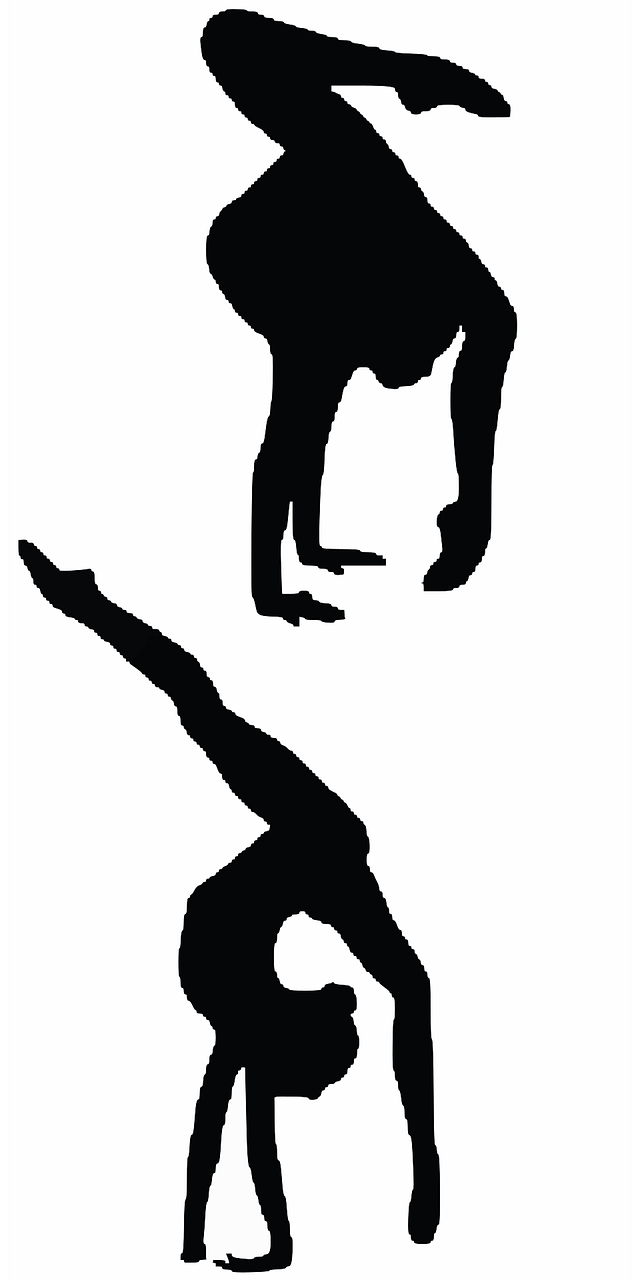运动员教你打乒乓球英语翻译
Title: Learning to Play Table Tennis from a Professional Athlete
Introduction:
Learning to play table tennis, or pingpong, is not just about hitting the ball back and forth across the table. It requires skill, strategy, and precision. Who better to learn from than a professional athlete? In this guide, we'll delve into the basics of playing table tennis, as taught by a seasoned athlete.

Understanding the Basics: Grip, Stance, and Movement
1. *Grip*: The foundation of a good table tennis game lies in the grip. A professional athlete would emphasize the importance of a proper grip, which enables control and power. The two most common grips are the shakehand grip and the penhold grip. The shakehand grip is akin to shaking hands with the paddle, offering versatility and power. Meanwhile, the penhold grip involves holding the racket like a pen, providing agility and quickness. The choice between the two depends on individual preference and playstyle.
2. *Stance*: A balanced stance is crucial for agility and readiness to move in any direction. A professional athlete would stress the significance of maintaining a relaxed but alert stance, with knees slightly bent and weight evenly distributed on both feet. This stance facilitates quick movements and swift changes in direction, essential for reacting to the opponent's shots effectively.
3. *Movement*: Table tennis is a fastpaced game that demands swift footwork and agility. Learning the proper footwork patterns is essential for positioning oneself optimally to return shots with precision. A professional athlete would emphasize practicing various movement drills, including side steps, crossover steps, and shuffle steps, to develop agility and fluidity in movement across the table.
Mastering the Techniques: Serve, Forehand, Backhand, and Footwork
1. *Serve*: The serve is the starting point of every rally and offers an opportunity to gain an advantage over the opponent. A professional athlete would emphasize mastering various types of serves, including the forehand pendulum serve, backhand serve, and sidespin serve. Each serve has its unique spin and placement, aiming to catch the opponent off guard and set up for an attacking shot.
2. *Forehand*: The forehand stroke is one of the most potent weapons in a table tennis player's arsenal. A professional athlete would emphasize the importance of proper technique, including a compact backswing, wrist snap, and followthrough. Consistent practice of forehand drives, loops, and smashes is essential for developing power and accuracy in this stroke.
3. *Backhand*: While the forehand often receives more attention, a proficient backhand stroke is equally crucial for a wellrounded game. A professional athlete would emphasize mastering the backhand drive, flick, and counterattack, focusing on timing and wrist action to generate speed and spin. Developing a reliable backhand opens up more opportunities for aggressive play and defensive prowess.
4. *Footwork*: Effective footwork is the cornerstone of a strong table tennis game, enabling players to move quickly and efficiently to return shots from all angles. A professional athlete would stress the importance of dynamic footwork drills to improve speed, agility, and anticipation. Practicing footwork patterns tailored to specific game situations enhances a player's ability to control the pace and flow of the match.
Strategic Play: Anticipation, Placement, and Variation
1. *Anticipation*: Anticipating the opponent's shots is key to staying one step ahead in table tennis. A professional athlete would emphasize the importance of reading the opponent's body language, racket angle, and ball trajectory to anticipate the direction and spin of the incoming shot. Developing keen anticipation skills through practice and experience enables players to react more quickly and effectively during rallies.
2. *Placement*: Precision placement of shots is essential for dictating the pace and direction of the game. A professional athlete would emphasize targeting the opponent's weaknesses and exploiting openings on the table with wellplaced shots. Practicing controlled placement drills helps players develop the ability to place the ball accurately and consistently, putting pressure on the opponent and setting up scoring opportunities.
3. *Variation*: Adding variation to shots is crucial for keeping the opponent guessing and maintaining the element of surprise. A professional athlete would advocate for mixing up the speed, spin, and placement of shots to disrupt the opponent's rhythm and force errors. Incorporating variations such as changes in pace, spin, and angles into gameplay makes it more challenging for the opponent to anticipate and respond effectively.
Conclusion:
Learning to play table tennis like a professional athlete requires dedication, practice, and attention to detail. By mastering the fundamentals of grip, stance, and movement, refining techniques such as serving, forehand, and backhand strokes, and adopting strategic play tactics, players can elevate their game to new heights. With guidance from a seasoned athlete and consistent practice, anyone can improve their table tennis skills and enjoy the thrill of competitive play.








